 In the village school of Kuyu, in the heartland of Ethiopia’s Oromia region, more than 20 children put up their hands when asked if anyone in their family has eye problems.
In the village school of Kuyu, in the heartland of Ethiopia’s Oromia region, more than 20 children put up their hands when asked if anyone in their family has eye problems.
The village where half the people are at risk of blindness”My mother has lost vision in one eye and the other is causing her big problems,” says one boy. “She can’t see where she’s going.”
Another child says her grandmother is blind in both eyes and is forever pulling out her eyelashes. “She rubs and rubs them,” explains the nine-year-old girl. “They give her terrible pain.”
No hands are raised when the children are asked if they themselves have vision problems.
Yet, when an ophthalmologist examines the children’s eyes, more than half of them are discovered to have infectious trachoma, a bacterial infection which is the world’s leading cause of preventable blindness.
The disease starts in childhood. If untreated, the bacteria causes inflammation that leads to scar tissue building up under the eyelid.
The scarring eventually makes the eyelid turn inwards, causing the eyelashes to scratch against the cornea.
It is excruciatingly painful and if left untreated leads to irreversible blindness.
“The dangerous thing about trachoma is that there are very few symptoms for children,” says Dr Wondu Alemayehu, one of the leading eye specialists in Ethiopia, and technical adviser for the Fred Hollows Foundation, which is leading a campaign in Ethiopia to tackle the scourge of trachoma.
“A child with trachoma would have a little bit of discomfort but not that much.
“It’s what they pass on to their mothers that can become dangerous.”
The World Health Organization estimates that 21 million people are affected by trachoma, of whom about 2.2 million are visually impaired and 1.2 million blind.
The Oromia region in southern Ethiopia is home to more than 30 million people and has the highest prevalence of trachoma in the country at around 42%. The disease prevails in hot dusty areas where people often lack access to sanitation.
Some three miles (5km) from the school, at a clinic set up to screen for trachoma, 60-year-old Sharage Feyine waits patiently to be examined.
She rubs her eyes incessantly and says her vision problems – pain in both eyes and terrible itching – began a year ago.
“I used to be able to cook for my family. Now I have become dependent,” she says.
Relief to thousands
“The pain and the devastation of trachoma can be stopped by 10 minutes of surgery,” says Dr Alemayehu.
Dr Alemayehu has trained a team of local health workers to perform trichiasis surgery in their community.
The surgery is designed to rotate the eyelid outwards, directing the eyelashes away from the eyeball.
By Angela Robson
BBC Health Check
Continue Reading from BBC





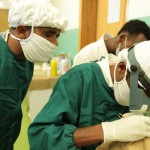
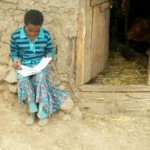
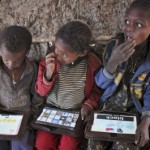


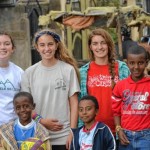




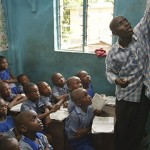
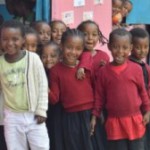











Join Conversations